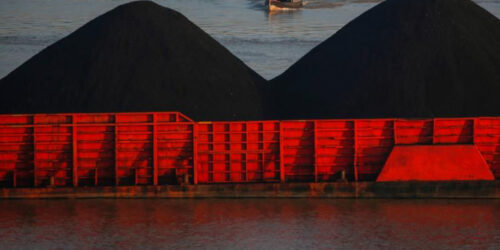LAUNCESTON, Australia (Reuters) -Thermal coal prices across Asia have surged to multi-year highs amid strong demand and some supply constraints, but some types of the fuel have done better than others.
This was the highest in more than a decade. This grade has now climbed 49% since the end of last year, and 162% from its 2020 low of $46.37 a tonne in September, reached amid the economic fallout from coronavirus lockdowns across Asia.
The driver for the price increase has been strong demand from Japan and South Korea, the main buyers of high-grade Australian thermal coal, amid expectations for a warm northern hemisphere summer that will bring surging power demand for air-conditioning.
It’s worth noting that the Newcastle Index reflects a price for relatively small volumes of coal. The bulk of this grade is bought under short- and medium-term contracts, rather than in the spot market.
Nonetheless, the strong rally will feed through to new contract talks. It’s an indicator that utilities are already seeking cargoes to ensure they don’t experience a squeeze, similar to last winter when colder-than-expected weather led to rising demand for electricity for heating.
While it doesn’t grab as much attention, much of the real volume action for Australian coal is in the 5,500 kcal/kg grade. This is the main type sought by Indian utilities, and was popular with Chinese buyers prior to Beijing’s unofficial ban on imports from Australia, imposed last year as relations between the two countries deteriorated.
This grade has also seen prices rise, with Argus assessing 5,500 kcal/kg coal at $70.10 a tonne at Newcastle on June 4 – about double last September’s $35.04.





